| Mike Guyer "Grandaddy's Profile" graphite on illustration board 20" x 16" 1994 Vase Face Image Examples | Drawing Teaches Us To See"Learning perception through drawing seems to allow a different, more direct kind of seeing." - Betty Edwards. In the first unit this school year, we will focus on exercising the right side of our brains. We will go through several exercises that have been scientifically proven to stimulate activity in the right hemisphere of the brain and encourage a new type of perception that betters our chances of "seeing". Exercise #1: The Vase Face * From the Book "Drawing on the Right Side of the Brain" by Betty Edwards 1. If you are right-handed, use the Vase/Faces template on the right; if you are left-handed, use the Vase/Faces template on your left. Use an ordinary, sharpened pencil, sit at a table in a quiet place, and commence this exercise in a blank page of your sketchbook. 2. Copy the profile from the template Try to take up most of the page in your journal with your drawing. As you draw, think about the parts of the profile when they are drawn like this: " Forehead... nose... upper lip... lower lip... chin and neck." 3. Then, go to the other side and start to draw the missing profile that will complete the symmetrical vase. 4. When you come to some certain point in drawing the second profile, perhaps somewhere around the lower forehead or nose, you may begin to experience a sense of conflict or confusion. Try to continue drawing through this moment of conflict, self observing as you draw to become aware of how you solve the problem. Exercise #2: The Monster Vase Face This activity is a follow up to the the first vase face drawing. This time, however, we will add an element of creativity and ornamentation. When completing this exercise, you will likely feel an even stronger shift in your processing, as the detail will force you to look harder than you did in the previous exercise. 1. Follow the same steps as you did in the first exercise, except this time I want you to create the profile of a grotesque, scary, ugly creature. As you do this, I want you to continue to name the parts of the face as you go " Forehead... nose...upper lip...lower lip...chin and neck." 2. Then, as you did in the first exercise, go to the other side and start to draw the missing profile that will complete the symmetrical vase. Exercise #3: The Upside Down Drawing We will continue with exercises from Drawing on the Right Side of the Brain. The author, Betty Edwards, has us drawing this Picasso drawing of the composer Igor Stravinsky. The twist? You copy it upside down! The reason for this is explained in the book. Basically it’s to do with the two ways we view the world. When we are viewing it with our ‘left brain’ we see in symbols of how we think things ‘ought’ to look like which hinders us drawing things as they really are. On drawing upside down Edwards notes: "For reasons that are still unclear, the verbal system immediately rejects the task of “reading” and naming upside-down images. L-mode seems to say, in effect, “I don’t do upside down. It’s too hard to names things seen this way, and, besides, the world isn’t upside down. Why should I bother with such stuff?” Well, that’s just what we want! On the other hand, the visual system seems not to care. Right side up, upside down, it’s all interesting, perhaps even more interesting upside down because R-mode [Right Brain] is free of interference from its verbal partner, which is often in a “rush to judgement” or, at least, a rush to recognize and name. Exercise #4: The Blind Contour In this exercise, you will begin to understand the importance of being able to concentrate on what you are seeing. This exercise will require a great deal of concentration, however it is one of the most rewarding exercises in that even the beginner can have a good degree of success. Learning to see through your sense of touch is what blind contour drawing is all about. Most drawing techniques deal with the overall form and pare down to the details. Contour drawing is quite the opposite; you develop the drawing line-by-line, detail-by-detail, until you have created the whole form. To the left you will see examples of student’s blind contour drawings. You will begin by this exercise by drawing a blind contour drawing of you hand. Keep in mind that you must draw with a confident line and not a sketchy one. Your line must flow with the contours of your hand. You are starting with one of the most difficult forms to draw, the hand. You will start the drawing by placing or pose the hand you are not drawing with on the table in an interesting but comfortable position in front of you. Look at a point on your hand where you are going to start the drawing, look at your paper and place your pencil on your paper in that position. Now look back at the hand you are drawing from, begin to move your eyes along the contour at the same speed that you move your pencil on the paper, Do not look at your paper! Move the pencil on the paper imagining that the pencil point is actually touching the hand you are drawing. Trace this first contour of your hand in every detail, feel it as you draw. Don’t look at your paper after placing your pencil in its initial position constantly looking at what you are drawing. This exercise will take a great deal of concentration and it is almost impossible to do a perfect drawing in this technique. The exercise is to help you begin to see what is actually in front of you and not what you think you see. It takes so much concentration to do the exercise that you will find you will be very tired or you may have a headache after you have completed it. We will make 4 total blind contour drawings. The first will be a 10 minute drawing of your hand using your dominant hand. The second will be a 5 minute drawing of your hand using your non-dominant hand. The third will be a 10 minute drawing of a classmate's face using your dominant hand. The final exercise will be a 5 minute drawing of a classmate's face using your non- dominant hand. |
|
1 Comment
|
ART 1
|

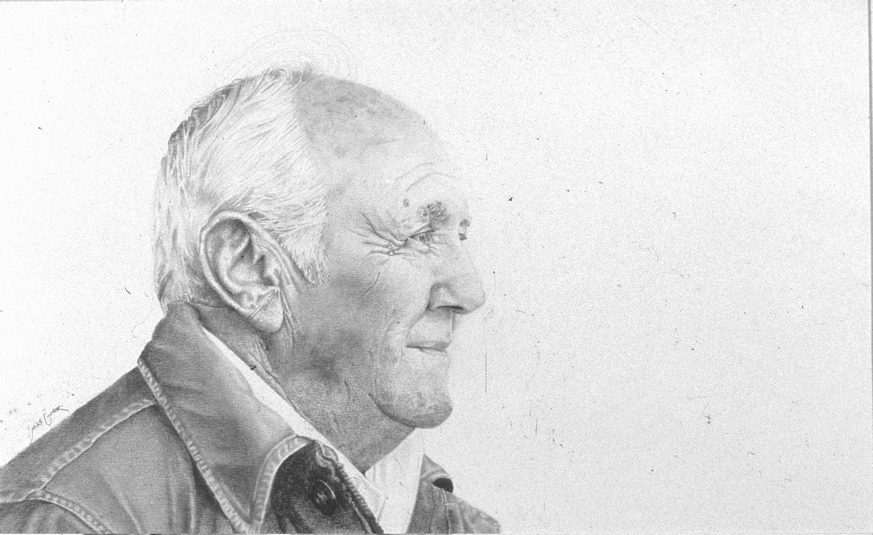
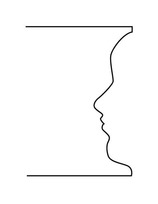
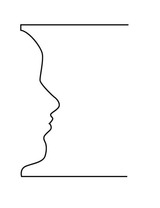
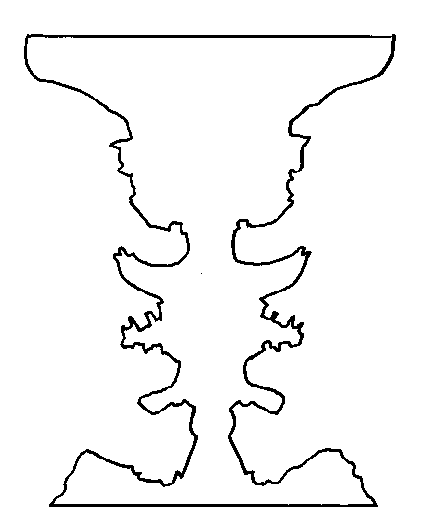

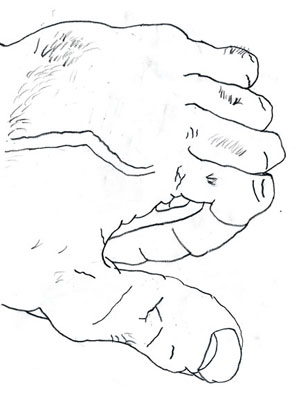
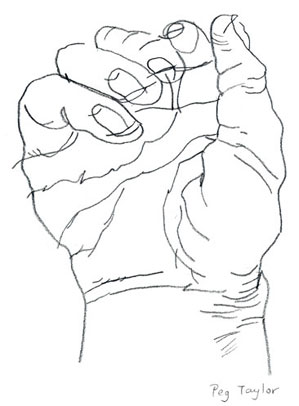
 RSS Feed
RSS Feed
